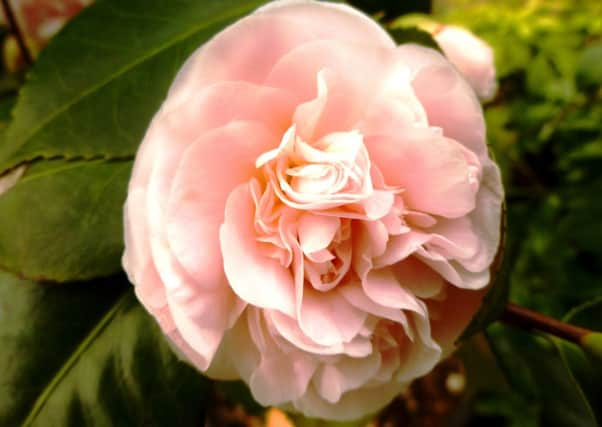Late autumn is the time to thank your soil...


You have the perfect acid soil, one that – as long as it’s not waterlogged or lets every drop of rain to drain away immediately – is something to be treasured.
Thank it in late autumn by adding plenty of organic matter like home-made compost, leafmould and well-rotted manure, which will bulk it up and make it even more inviting for all those plants which can live quite happily in an acid soil. Apart from azaleas and pieris , there’s the stupendously colourful Fothergilla major, whose leaves light up the autumn, a host of Japanese lilies which adore acidic soil, and, of course, Japanese maples and the heathers which have so many varieties that it’s possible to have at least one flowering every week of the year.
Advertisement
Hide AdAdvertisement
Hide AdBut for me, the true stars of the acidic garden are camellias. They are relatively easy to cultivate, and thrive where the summers are warm and the winters are cold. They also love moist but well-drained, slightly acidic soil. Waterlogging is a killer. When you water, use rainwater; tap water is usually alkaline and will turn a camellia’s leaves yellow.
Camellias can be planted any time of the year (Preferably mid-October to November and mid-March to mid-April) provided they are properly planted and mulched. They are shallow-rooted plants, so they need a large, deep planting hole.
A lot of people worry when they see flower buds dropping before they open, but camellias tend to set more buds than they can use – so they abort some. As long as the plant(s) are kept watered in the summer, this should be no problem.